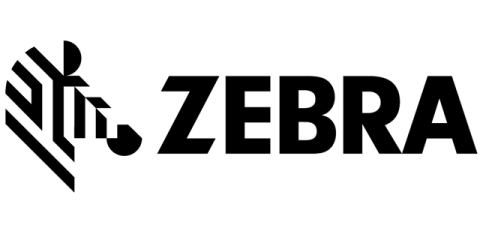Optimized Scanners for Every Decoding Distance | Zebra
Explore the decoding capabilities of Zebra's diverse scanner portfolio. Our scanners can effortlessly capture 1D, 2D, QR codes, DPM, and more, ensuring fast and accurate data collection. Discover how our best-in-class series, such as the DS2200, DS4600, and DS8100, can enhance your operations with reliable performance in any environment. From the durable DS3600 XR for ultra-rugged use to the hands-free MS47,000, we offer solutions tailored to every application.








